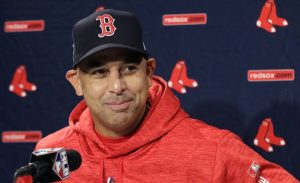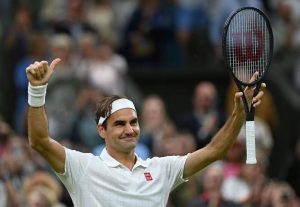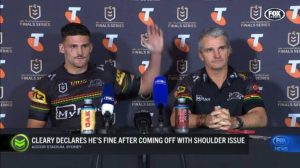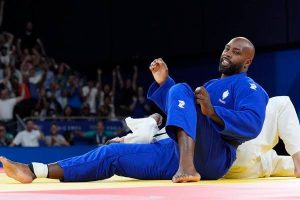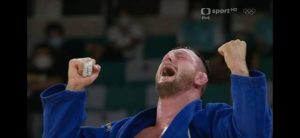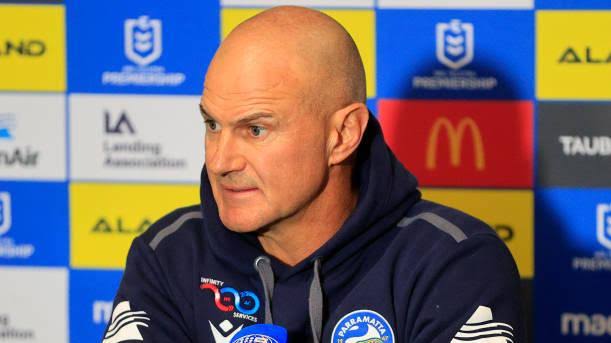
At a meeting at Sydney’s Star Casino 16 months ago, Melbourne chairman Matt Tripp convinced Jason Ryles he would be better off turning down the head coach’s job at St George Illawarra in favour of becoming the heir apparent to Craig Bellamy at the Storm.
“I got there and within a fortnight, I was like, ‘Wow, Craig’s not retiring’,” Ryles admits inside the Chinese restaurant at Parramatta Leagues Club earlier this week.
Watching Shane Flanagan rebuild the club he once represented with distinction only added to a nagging sense of what could have been had he chosen differently in that sliding doors moment.
Ryles, in his pursuit of an NRL head coaching gig, has always lived by the “right opportunity, not any opportunity” philosophy.
After turning down the one he was guaranteed for one that came with no guarantees, Ryles sat down with his manager, George Mimis, to discuss when the next “right opportunity” could present itself.
Mimis, aware of the disharmony – or at least the murmurs of disharmony – between then-Parramatta coach Brad Arthur and the club’s management, made Ryles aware of a potential opening at what he described as “the Broncos of the west”.
A team with the longest premiership drought in the NRL – 38 years and counting. A football club steeped in history yet seemingly burdened by it at the same time.
“I find that exciting and part of this big opportunity,” Ryles admits. “Imagine breaking that drought? You dream about that sort of stuff. That’s where my head’s at. I don’t see that as intimidating or daunting at all. All I do is just see that as an unbelievable opportunity.”
Ryles has done his homework. Not just the numbers he crunched about the playing group when deciding to apply for the job, but every little detail of the club’s history.
Like the history of the Parramatta Fruit Pickers – the nickname commonly used when the team entered the competition in 1947, until it was changed in the mid-1960s.
How the Parramatta area was once renowned for its orchards and the hard-working culture of the people that was instilled by the manual labour of those who called Parramatta home.
Or the fact that Parramatta city has the third-largest economy in the country (we’re going to trust his homework). Its connection with the Polynesian and Indigenous community.
“That’s a Parramatta person,” Ryles said. “It’s what I will build our values on. For me, that’s the soul of where it all began.”
